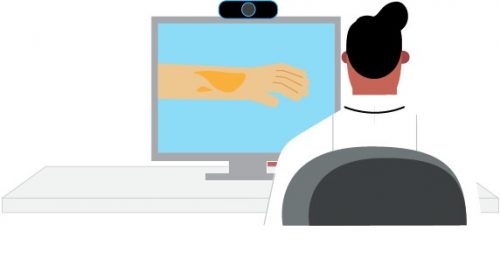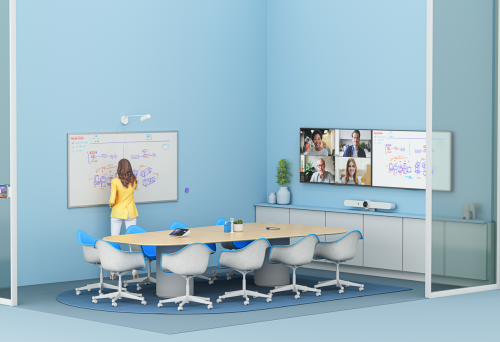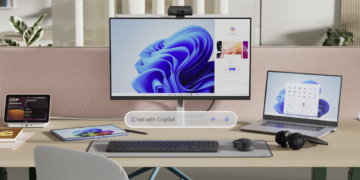Upgrade Your Telehealth Capabilities to Support the ET3 Model
After a delay of several months due to the COVID-19 pandemic, the ET3 model officially began on January 1, 2021. (It was originally scheduled to begin on May 1, 2020.) This is good news for qualifying medical providers, including ambulance services.

Emergency Treat, Triage and Transport (ET3) is a program of the Centers for Medicare & Medicaid Services (CMS). It’s a voluntary, five-year payment model that provides greater flexibility to ambulance care teams to address emergency healthcare needs of Medicare Fee-for-Service (FFS) beneficiaries following a 911 call.
In the current model, ambulance service providers only get paid by CMS when they transport a patient to an emergency room, which in some cases gives them the wrong incentive (transport a patient to the ER to get them “checked out” even when the EMS crew doesn’t think it is medically necessary). ET3 makes CMS reimbursement available for a telehealth visit from the ambulance to a remote provider and for certain non-transport ambulance services or ambulance transports to destinations other than hospital emergency rooms. These additional payment options are intended to align incentives to give patients the right level of care, in the right setting and are expected to reduce the number of transports to ERs as well as average expense of a 911 call response.
Saving Lives in the Field with the Video-Enabled Ambulances
Telehealth has the potential to significantly improve emergency care by helping first responders provide more efficient lifesaving measures under the guidance of expert providers well before they get to the hospital.
Now, ambulance services can use a collaborative solution from Logitech and swyMed to enhance their telehealth capabilities and address ET3 goals.
Consider a scenario where an ambulance arrives at the scene with a patient in distress. Paramedics have already been communicating with a family member in the home and have simultaneously established a video call with the hospital.
A physician at the other end of a video connection, in the ED or even at home, provides real-time assessment, and potential treatment options at the scene. The physician also helps guide care for the first responders while the ambulance is en route back to the hospital should the patient need to be transported.
These capabilities are made possible by Logitech and swyMed. Logitech provides high-quality, high-def webcams and conference cameras, and swyMed’s software solutions deliver lightweight, mobile video communication with the integrated medical devices enable safe, remote assessment of a patient’s condition. The swyMed Video-Enabled Ambulance provides intuitive, click-to-call connections between EMS crews in the field and local hospitals or tertiary care centers.
Improving Health Outcomes with Telehealth Solutions from swyMed & Logitech
Together with Logitech, swyMed develops and markets video telemedicine solutions used by doctors, clinicians, and patients in the US, Europe, and India. The company’s patented software platform can hold real-time, high-definition, HIPAA-compliant telemedicine consultations even in areas with challenging connectivity and low-bandwidth.
In addition, swyMed has developed multiple video telemedicine solutions that work with Logitech conference cameras and webcams to deliver the high-precision, true-to-life HD video experience needed for medical situations.
The ability for medical specialists to communicate visually, diagnose, and engage with patients and first responders at the scene of a medical emergency (or non-emergency) is transformational. And now with ET3, the cost of telehealth services like these can be reimbursed by CMS.
Contact Logitech or swyMed for more information.








